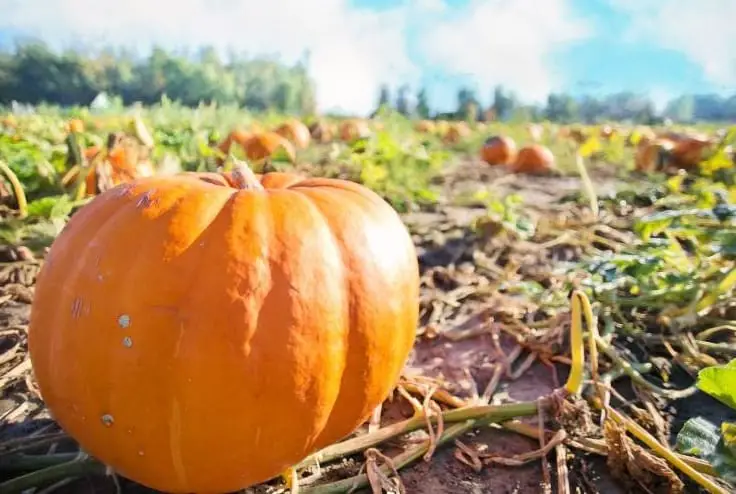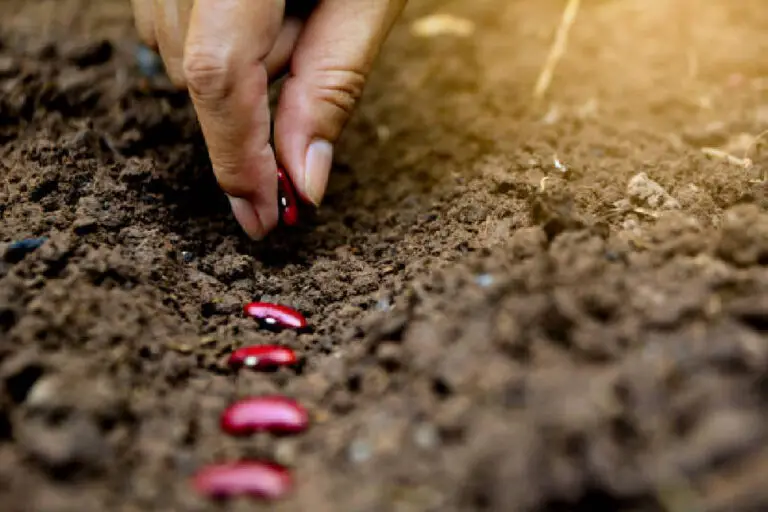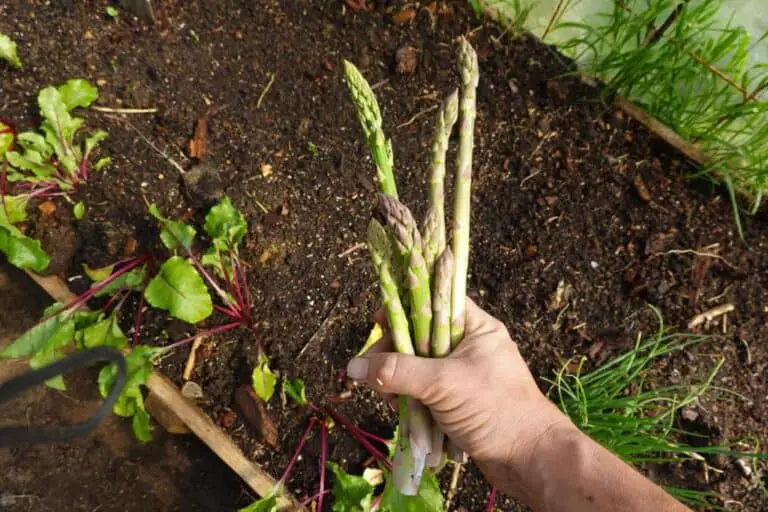Explained: The Weight of a Bushel of Peas in Pounds
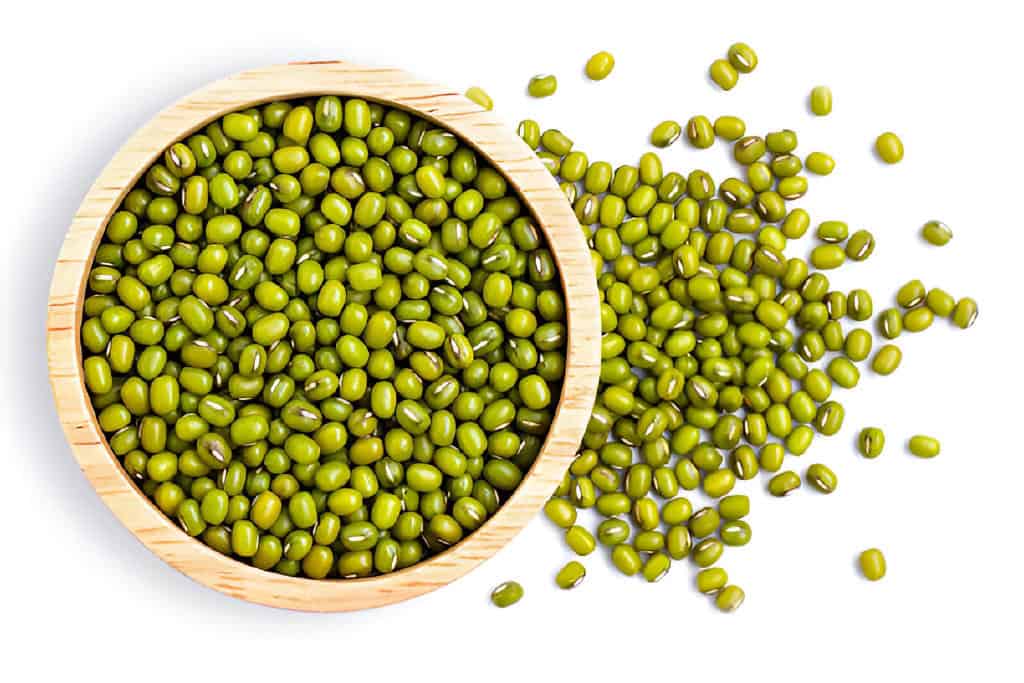
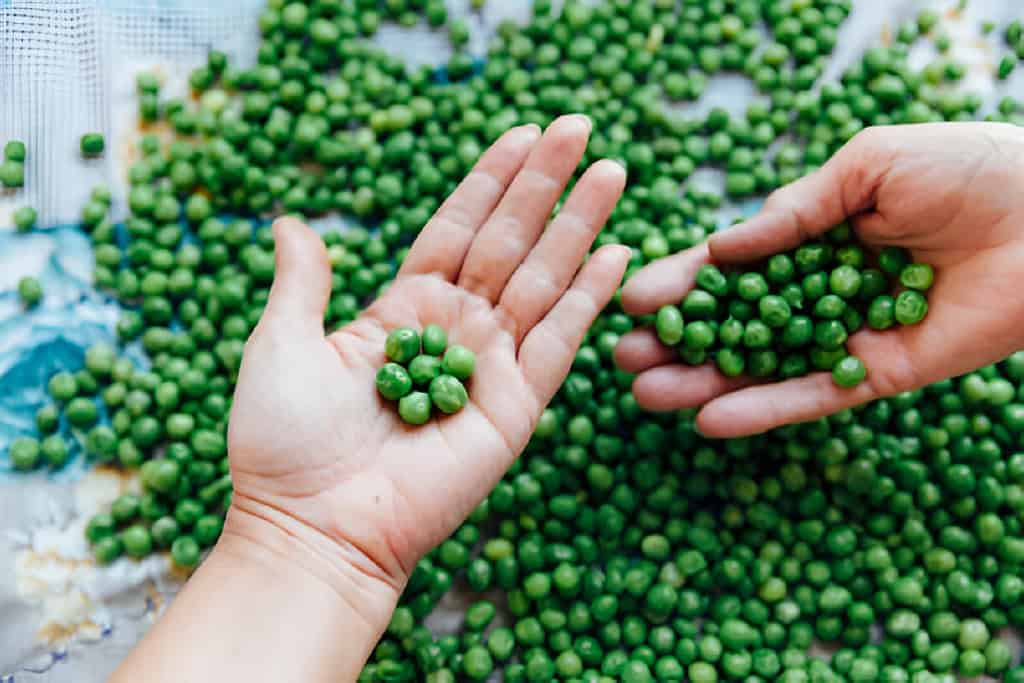
The Weight of a Bushel of Peas in Pounds
A bushel is a unit of volume used to measure dry goods, and its weight can vary depending on the type and condition of the produce. Understanding this measure is crucial. It’s crucial whether you’re a farmer planning your harvest or a chef making a lot of peas for a recipe. We explore the weight of a bushel of peas in pounds. We provide clarity on farm measurements and uses in the kitchen.
This article will delve into the specifics of how much a bushel of peas weighs. It will cover the factors affecting this weight and the practical uses of this information.
What is a Bushel?
A bushel is a unit of volume traditionally used in agriculture to measure dry goods such as grains, fruits, and vegetables. In the United States, a bushel is defined as 8 gallons or 2150.42 cubic inches. This unit has been essential. It standardizes trade and harvest measurements, ensuring consistency in agriculture.
However, the weight of a bushel can vary significantly depending on the type of produce being measured. This variation is crucial for crops like peas, where different factors come into play. For instance, the type of pea can impact the overall weight, as different varieties have distinct sizes and densities.
Moisture content also plays a critical role in determining the weight of a bushel. Freshly harvested peas with higher moisture content will weigh more than dried peas. Proper drying and storage can reduce the moisture content, thus affecting the weight.
Another important factor is whether the peas are shelled or unshelled. Unshelled peas, which include the pods, generally weigh less per bushel compared to shelled peas. Understanding these details is vital. They are needed for accurate measurements in farming and markets.
Weight of a Bushel of Peas

The weight of a bushel of peas can differ based on whether they are in the pod or shelled. Here are the general estimates:
- Unshelled Peas: A bushel of unshelled peas typically weighs between 20 to 25 pounds. This weight includes the pods, which contribute significantly to the overall mass.
- Shelled Peas: A bushel of shelled peas, where the peas have been removed from their pods, usually weighs around 56 pounds. The significant increase in weight is due to the higher density of the shelled peas compared to their unshelled counterparts.
Factors Affecting the Weight of a Bushel of Peas
Several factors can influence the weight of a bushel of peas. Knowing these factors helps to estimate weight accurately. It also helps to plan for storage, transport, or sale.
1. Type of Pea
There are various types of peas, including garden peas, snow peas, and snap peas. Each type has different pod and pea characteristics, which can affect the overall weight of a bushel.
2. Moisture Content
The moisture content of the peas plays a significant role in determining their weight. Freshly harvested peas with higher moisture content will weigh more than dried peas. Proper drying and storage can reduce the moisture content, thus affecting the weight.
3. Shelled vs. Unshelled
As mentioned earlier, whether the peas are shelled or unshelled makes a substantial difference in the weight of a bushel. Shelled peas are denser and weigh more per bushel than unshelled peas.
4. Harvest Time and Conditions
The time of harvest and the conditions under which the peas are harvested can also impact their weight. Peas harvested at peak ripeness and under optimal conditions will weigh more. They will weigh less if they are harvested early or late.
Practical Applications of Knowing the Weight of a Bushel of Peas
Knowing the weight of a bushel of peas is useful. It has many practical uses, from farming to cooking.
Agricultural Planning
For farmers and gardeners, knowing the weight of a bushel of peas can help in estimating yields and planning for storage and transport. This information is vital for market sales and pricing strategies.
- Yield Estimation: By knowing the weight of a bushel, farmers can estimate their total crop yield. Then, they can plan accordingly.
- Storage and Transport: Estimating the weight helps plan for storage and transport. It ensures efficient harvest handling.
Culinary Uses
In the kitchen, knowing the weight of a bushel of peas can help in scaling recipes. It also helps in ensuring proper ingredient measurements.
- Recipe Scaling: This helps chefs and home cooks scale recipes well. It is especially useful when cooking in large quantities.
- Ingredient Measurement: You need to know the weight of a bushel. It helps in measuring out peas for recipes. It ensures consistency and precision in cooking.
| Also read: Different Types & Varieties of Green Beans |
Tips for Measuring and Storing Peas
Proper measurement and storage of peas are crucial to maintaining their quality and maximizing their shelf life. Here are some tips:
Measuring Peas
- Use Standardized Containers: Use them to measure peas accurately. They ensure consistent weight and volume.
- Weigh Regularly: Monitor pea weight by frequent scale checks to track moisture shifts.
Storing Peas
- Drying: Properly dry peas before storage to reduce moisture content and prevent spoilage.
- Cool, Dry Place: Store peas in a cool, dry place to maintain their quality and extend their shelf life.
- Airtight Containers: Use airtight containers to store peas. They protect them from pests and the environment.
Historical Context and Modern Uses of Peas
Peas have been a staple in diets around the world for centuries, prized for their nutritional value and versatility in cooking. Knowing their history and modern uses can deepen appreciation for this humble legume.
Historical Context
Peas have been grown for thousands of years. Evidence of their use dates back to ancient civilizations in the Middle East and Asia. They were a crucial food source, providing essential nutrients and sustenance.
Modern Uses
Today, peas are used in a variety of culinary applications, from fresh peas in salads and soups to dried peas in stews and casseroles. They are also processed into products like pea protein, which is popular in plant-based diets.
Nutritional Value of Peas
Peas are not only versatile and tasty but also packed with nutrients. Here’s a look at the nutritional benefits of incorporating peas into your diet:
Nutritional Table for Peas (Per 100 grams)
| Nutrient | Amount |
| Calories | 81 kcal |
| Protein | 5.42 g |
| Carbohydrates | 14.45 g |
| Dietary Fiber | 5.1 g |
| Sugars | 5.67 g |
| Fat | 0.4 g |
| Vitamin A | 765 IU |
| Vitamin C | 40 mg |
| Iron | 1.5 mg |
| Calcium | 25 mg |
Peas are an excellent source of protein, dietary fiber, and essential vitamins and minerals. They are particularly rich in vitamin C and vitamin A, which support immune health and vision.
Conclusion
Knowing the weight of a bushel of peas in pounds is vital. It’s key for anyone involved in growing, selling, or using this useful legume. The weight can vary based on factors such as the type of pea, moisture content, and whether the peas are shelled or unshelled.
This knowledge aids in agricultural planning, culinary uses, and proper storage. Peas are not only nutritionally beneficial but also have a rich history and numerous modern applications.
By understanding the details of measuring and storing peas, one can use them fully and enjoy their potential in many dishes.



